Choosing her battles
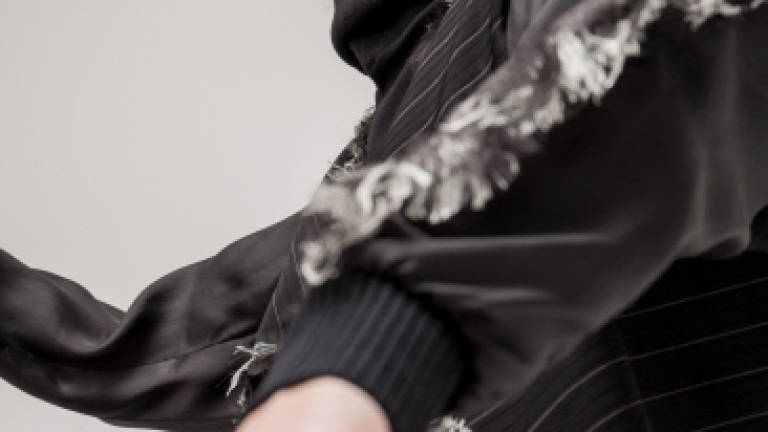
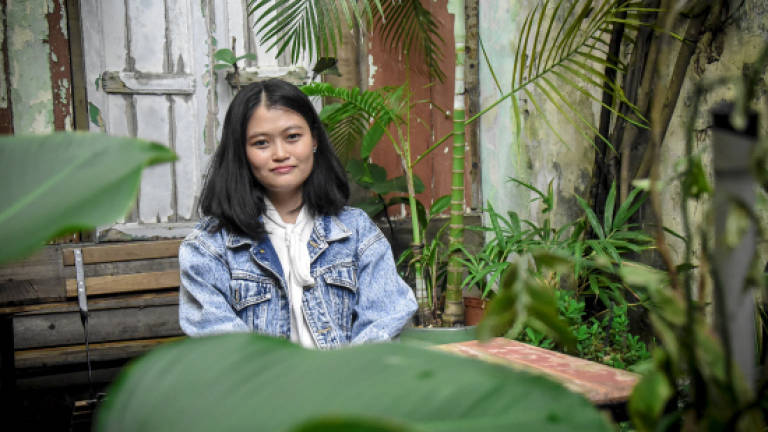
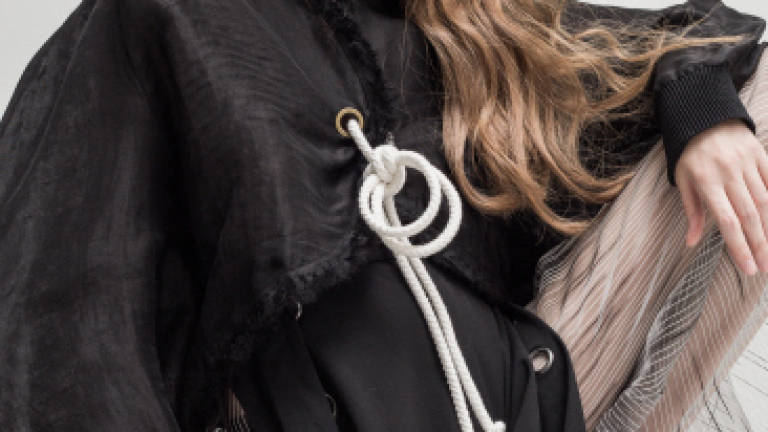
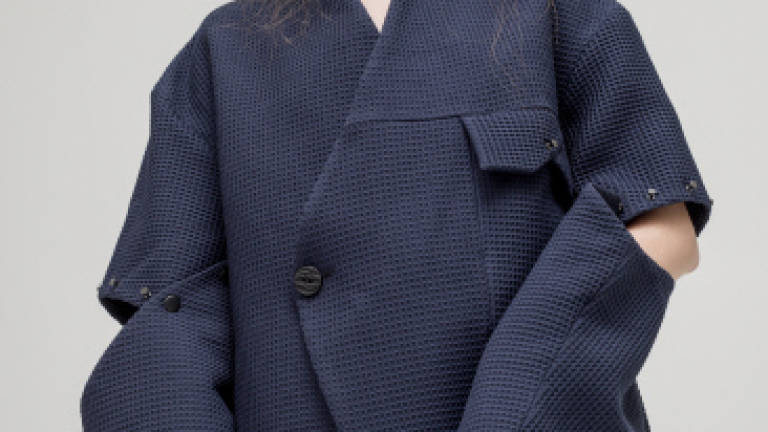
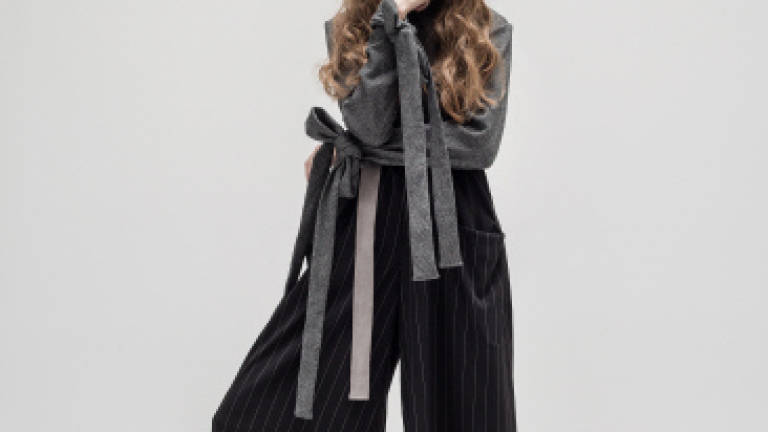
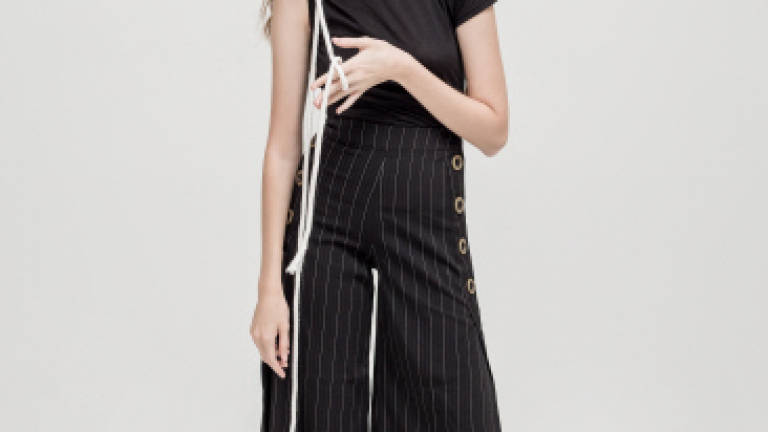
MANY people would dismiss their ambitions for more “secure” jobs, but Junn Tan Mei Feng quite literally followed her dreams – nightmares, to be exact.
For several months when she was 14, Tan was haunted by silhouettes of clothes whenever she went to bed. She was neither attuned to fashion nor knew many brands, but these visions kept her up, and drawing became the only way for her to fall asleep.
The phenomenon clearly planted a conviction in her heart, as Tan went on to enrol herself into Raffles College of Higher Education Kuala Lumpur upon completing high school, in defiance of her mother’s wish. Following two years of undergrad studies, Tan completed the final year of her fashion design course in Raffles Singapore.
A year has gone by since, and even though Tan has not officially established a label of her own, the 22-year-old’s debut collection for spring/summer 2017 is speaking volumes on her behalf. In a recent interview with theSun, the emerging designer waxed lyrical about Japanese subcultures, the case between strong females and androgyny, and her homage for both through her designs.
Could you expound on your fascination for Japanese culture?
I’ve been interested in it since I was in secondary school. I was initially attracted to the story of the yakuza (transnational organised crime syndicates) and the bõsõzoku (youth subculture affiliated with customised motorcycles), but researching their histories led me to the samurai. Samurai have lived through many eras in Japan but they ended up abolished by the government because of their association with violence and weapons. Consequentially, the aforementioned subcultures and groups were born. Likewise, the origins of kendo and sumo wrestling trace back to the samurai.
What do you like about samurai culture and how did you apply it to your SS17 ‘Way of the Warrior’ collection?
I like their armour and the way they wore them – the details and panelling are different from Western military costumes. Western armour was made out of moulding a piece of steel, whereas samurai armour was made out of small pieces of metal joined together to enable good mobility. I took inspiration mostly from the silhouette of the armour, and a little bit of its details. I also made a ‘side apron’, which I interpreted from the kendo suit.
Why do you think you’re captivated by the idea of androgyny?
There was a type of female warrior who engaged in battle alongside samurai men, called onna-bugeisha. This group of women were both wives and warriors, and had strong political positions during their time. Most of the strong ones were more powerful than their male counterparts.
The onna-bugeisha showcased another facet of being a woman that was rare at the time, and I want to translate their strong characteristics through androgynous elements in my designs and my would-be brand. Androgyny also fits the image of the modern woman who leads in her career or even in the household.
Name your muse and inspirations.
Tilda Swinton, because she created an alternative image for women to emulate that is not explicitly feminine. Music and movies also greatly influence me. I listen to indie rock, to bands such as Nirvana and Hyukoh, and watch movies from the 90s such as Singles (1992), Fight Club (1999), and Léon: The Professional (1994).
What can we expect from you next?
I’m working on my 2017 autumn/winter collection. It’s called Contra Mundum, meaning against the world, taking inspiration again from subcultures.